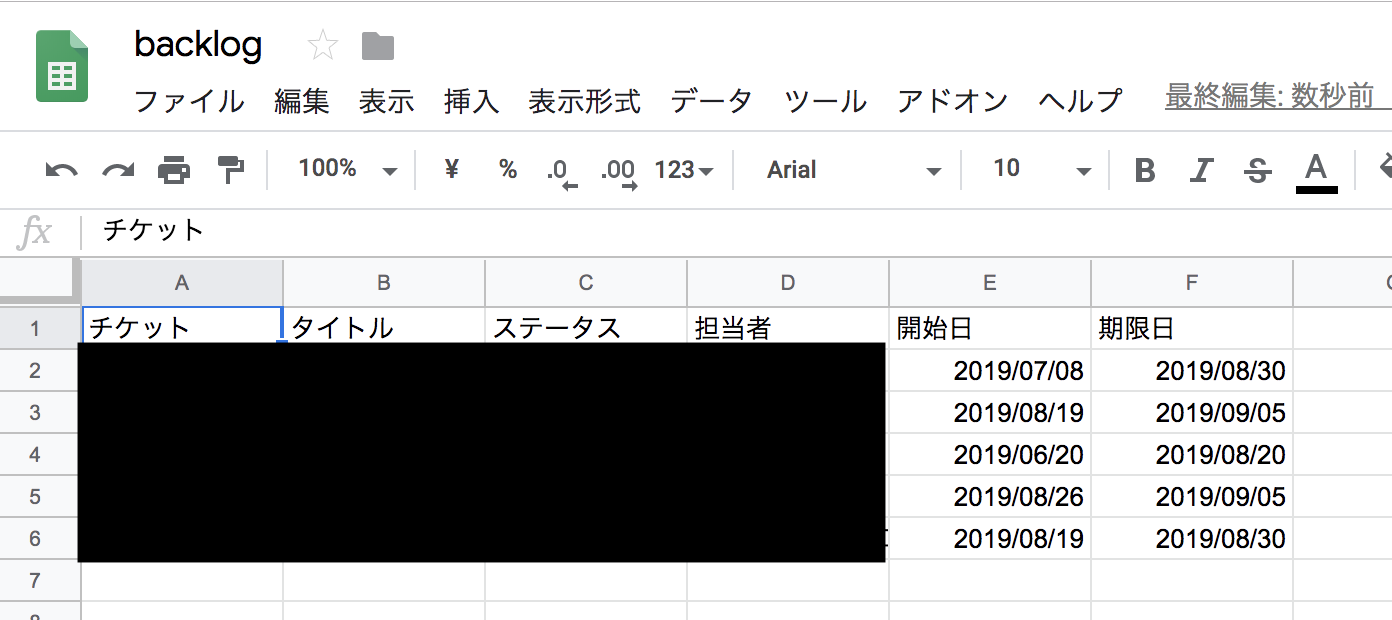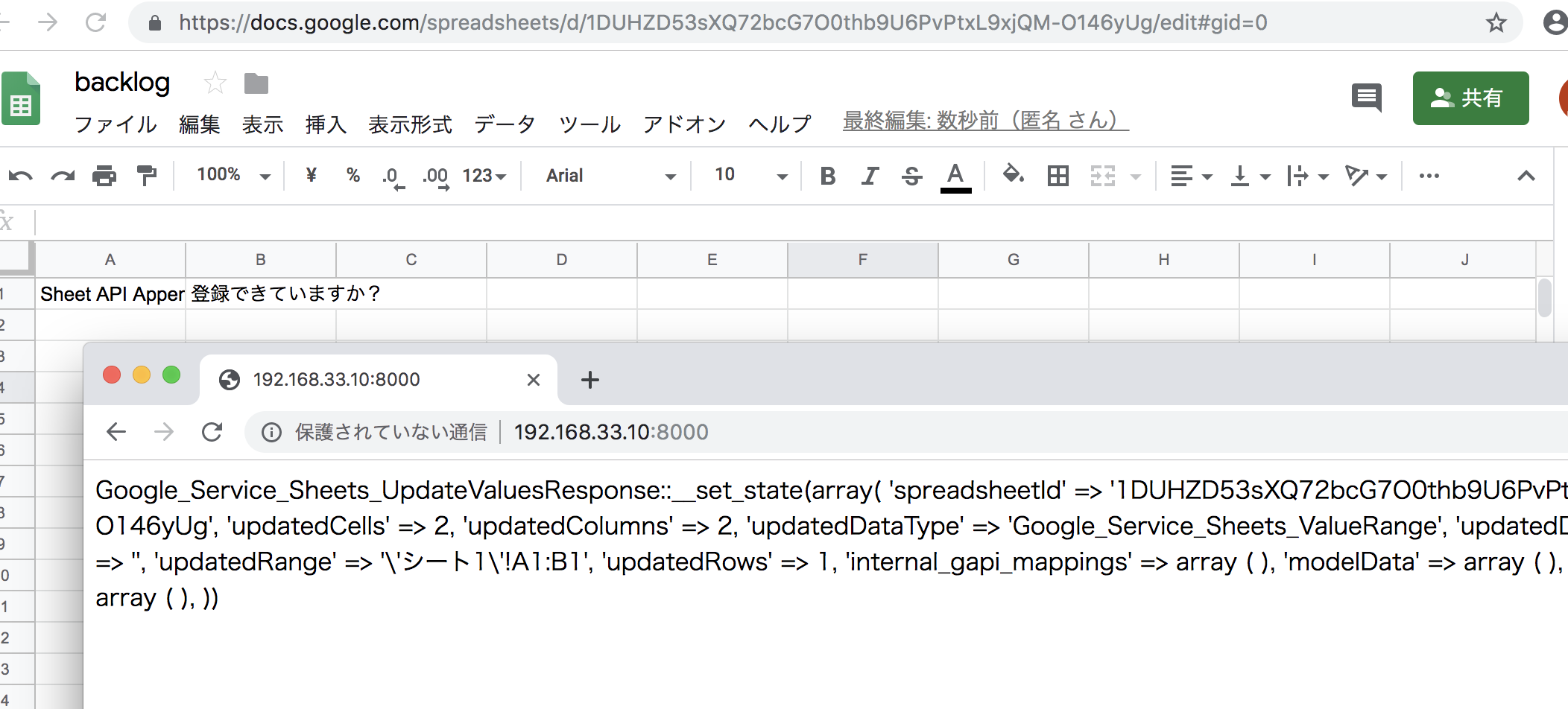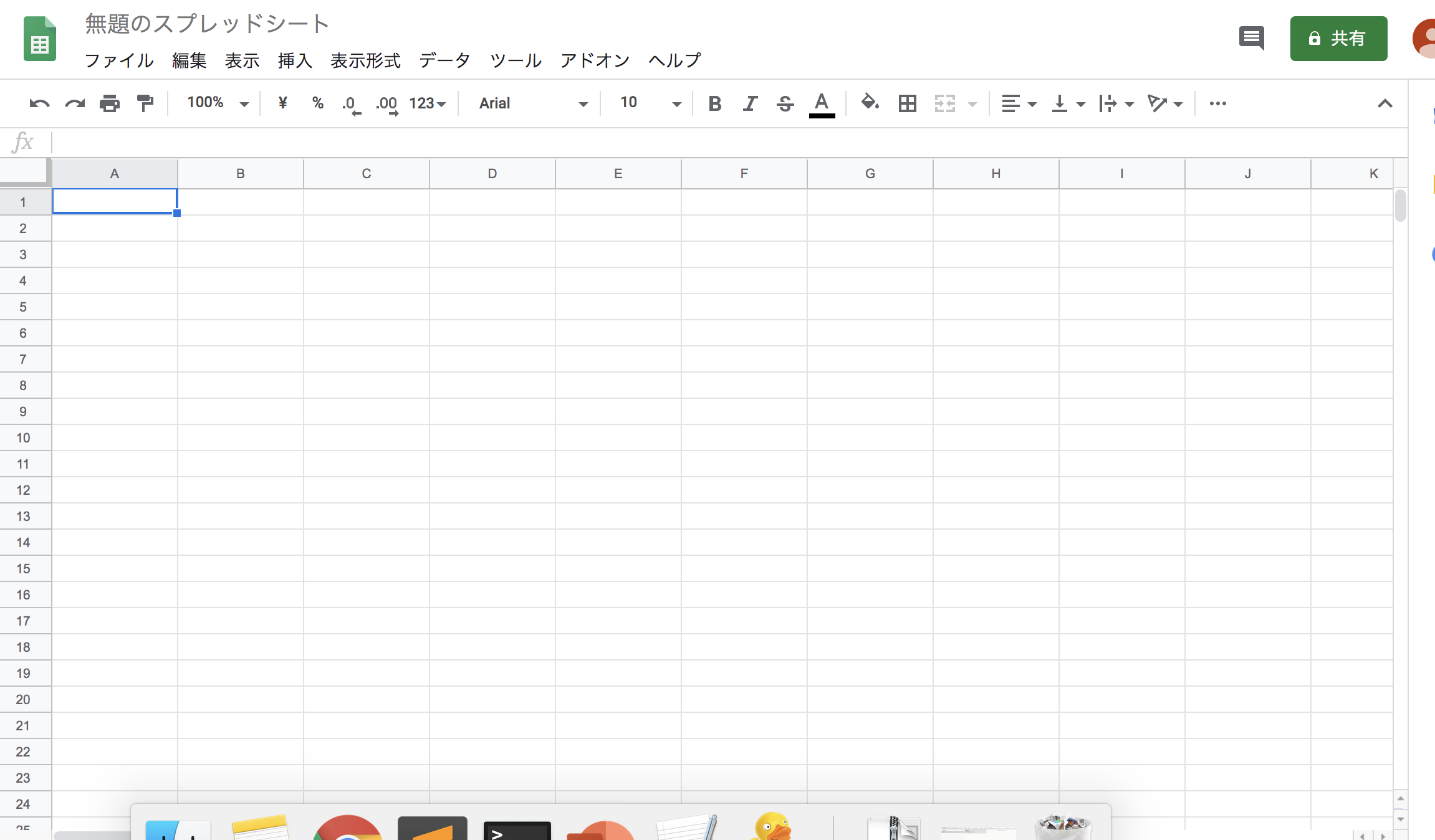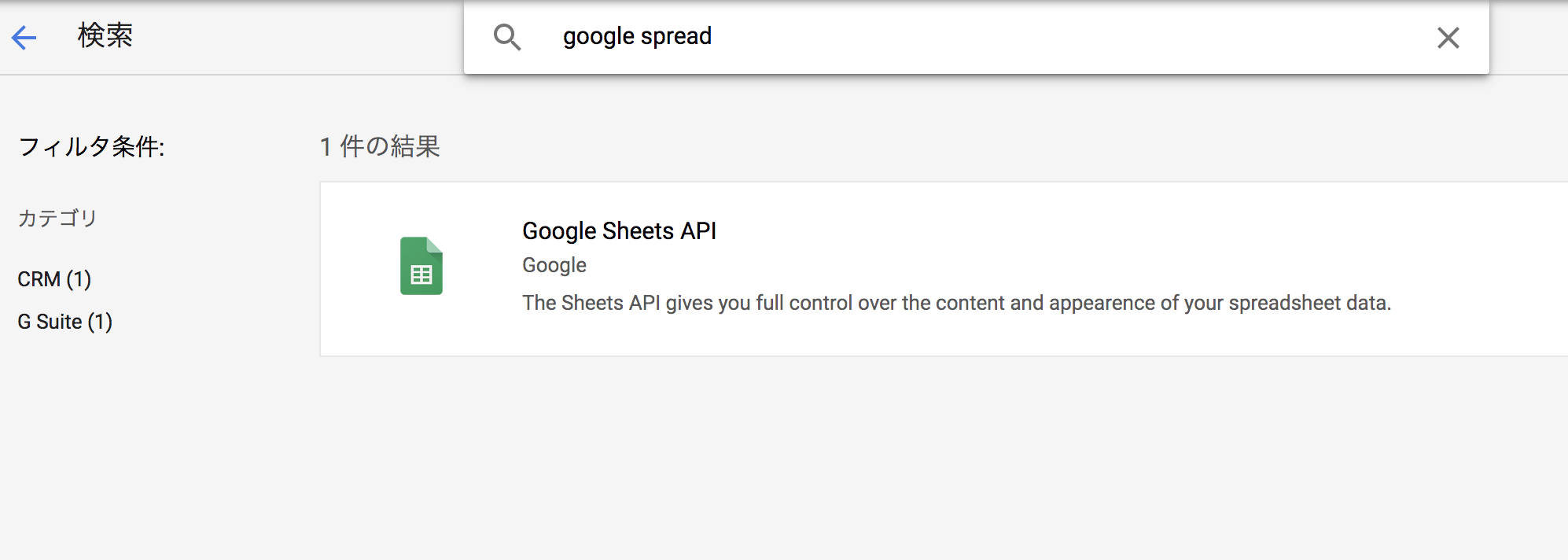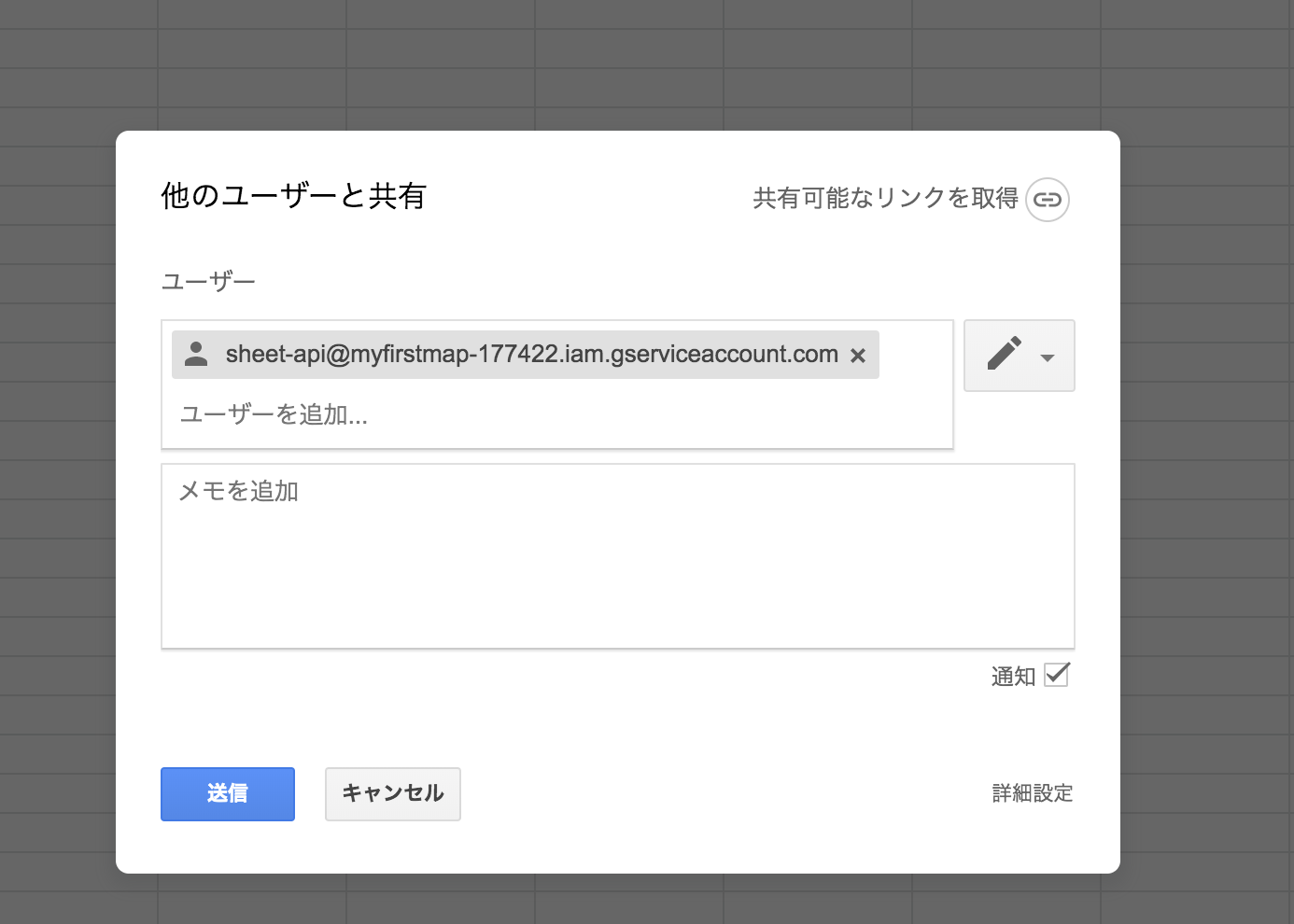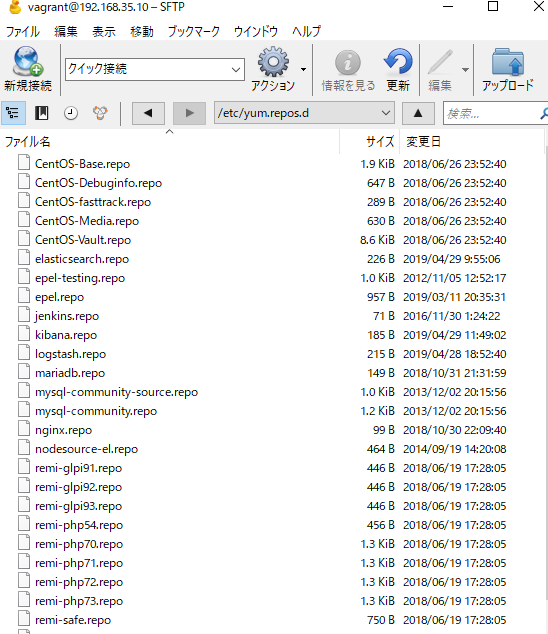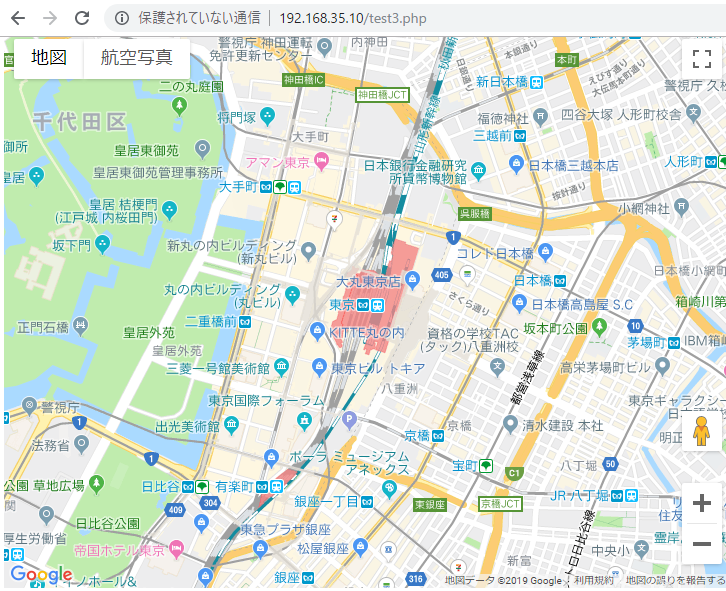Google, Amazon, Facebook, Apple, Microsoftはどのように機械学習に取り組んでいるのか?まずそれを知ることが大事。
■Google
自動運転への取り組みとしてWaymo
https://waymo.com/

続いて、Waymoのsoftware engineeringの採用情報を見てみましょう。
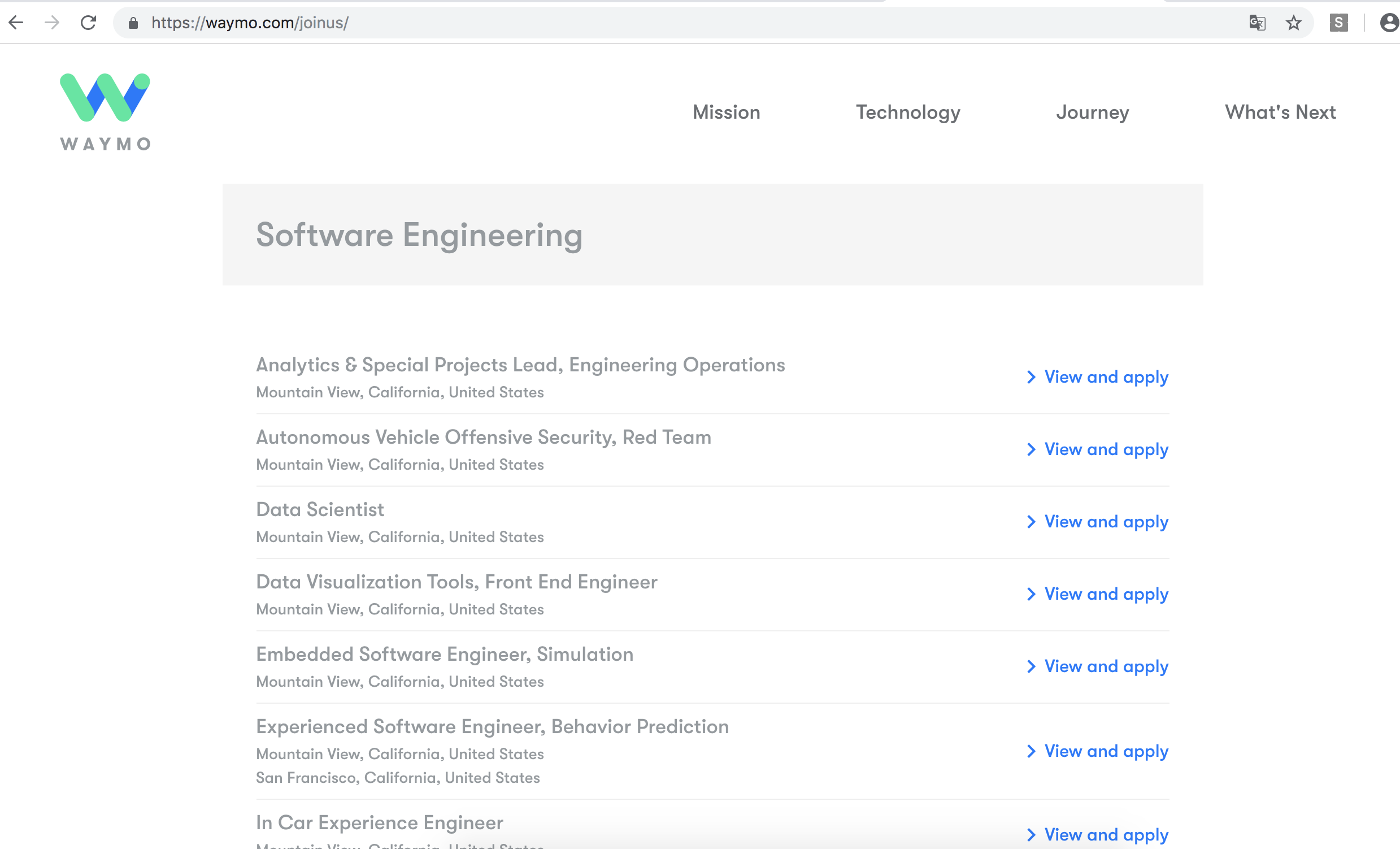
Data scientistの条件。phDか。。まじかー。
We’d like you to have:
PhD in statistics, math, or other quantitative area
Progressive statistics background either in academia or industry
Data science and system evaluation experience
Willingness to understand a complex system and its various components
Experience with tools for manipulating big data
Experience with R/Python and statistical libraries
続いてDeep Leaningのsoftware engineer
PhD in Computer Science, Machine Learning, Robotics, similar technical field of study, or equivalent practical experience
Experience in applied Machine Learning including data collection, analysis and feature engineering
Experience in Deep Learning research
Experience with TensorFlow
Experience programming in Python/C++
そうか、computer scienceはOKとして、Machine Learning, Roboticsは必須だな。
スタートアップとしては、プロトタイプを作りながら、ブラッシュアップが定説。
Hardwareの知識と組み合わせると、難易度が一気に上がる。つまりそこか。
まずはmachine learningとアプリケーションからか。

